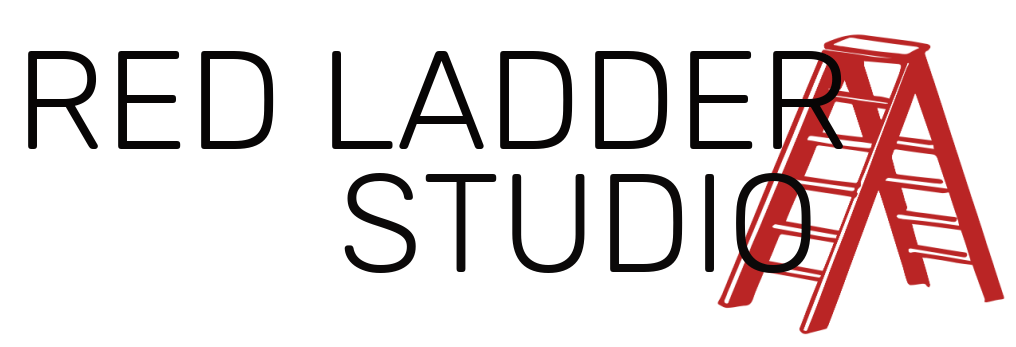Sound is invisible
“Cinema is sound and picture both—50/50 really,” David Lynch once said. “I don’t know why everyone doesn’t think this way.”
Lynch described sound as "invisible" in movies, and of course, it is, but not only to our eyes.
What he meant is that while we can’t physically see sound, its impact on us is enormous, yet it often goes unnoticed.
I rarely watch horror or scary movies, but I do watch Gogglebox (the show where people watch TV), and sometimes, they're watching something terrifying. When I’m alone and it hits the scary part, I just turn the volume off—and suddenly, it’s not scary anymore. It’s amazing how much of that fear is tied to the music and sound. 70% of it, maybe. It’s probably similar with drama, suspense, sadness, and even love. As Lynch says, it’s a 50/50 balance between what we see and what we hear.
But what about real life? I think sound can be invisible there, too.
When you first learn to meditate, you’re often instructed to close your eyes and just listen to whatever’s happening around you. Listening, in itself, can be a form of meditation. Our sense of sight is so dominant that sound often fades into the background. But once we pay attention, we realise we’re surrounded by an entire soundscape—whether we're on the bus, waiting at the doctor’s office, or just sitting quietly.
Listening is a very different experience from looking.
When we look, we’re typically looking at something. It seems like we are directing our attention, controlling the moment. But listening feels different. We are listening for something. Listening is like waiting, more open—it’s about receiving. Listening requires us to be receptive, it’s even a metaphor for receptivity. We might say, I need to really listen to myself. It doesn’t mean I need to listen to myself literally, to my stomach gurgling. It means I need to be receptive to what I’m feeling.
So, when you need to tune into your own receptivity, use listening as a micro meditation. Let the sounds around you draw you into the present moment, and just listen.

